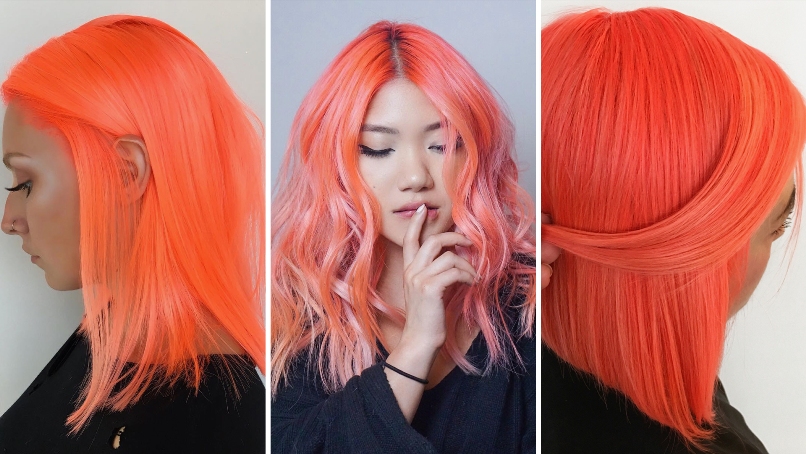Low porosity hair is not as absorbent as Hair with a high porosity. This makes it less able to absorb hair treatments and moisture. Because of this, products may end up accumulating on the surface of the Hair. This makes it less prone to breakage. Nevertheless, there are ways to care for low porosity hair. One way is to avoid using products and treatments that block moisture from entering the Hair shaft.
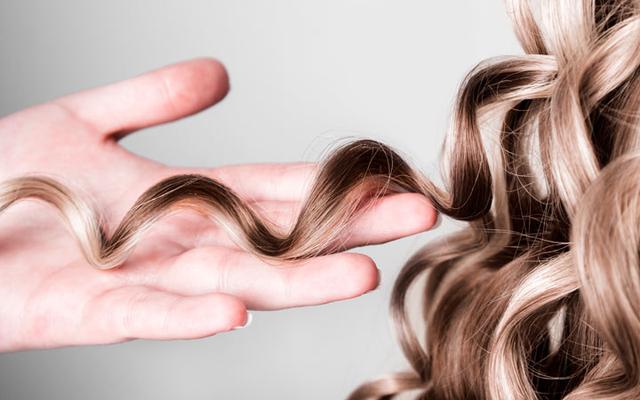
Routine hair trims
Hair with low porosity can be difficult to style. Because the cuticle layer is flat and tightly packed, heavy styling products can sit on the surface of the Hair without penetrating the strands. This can cause breakage. This type of hair can be easily damaged by styling or sleeping on the wrong pillowcase.
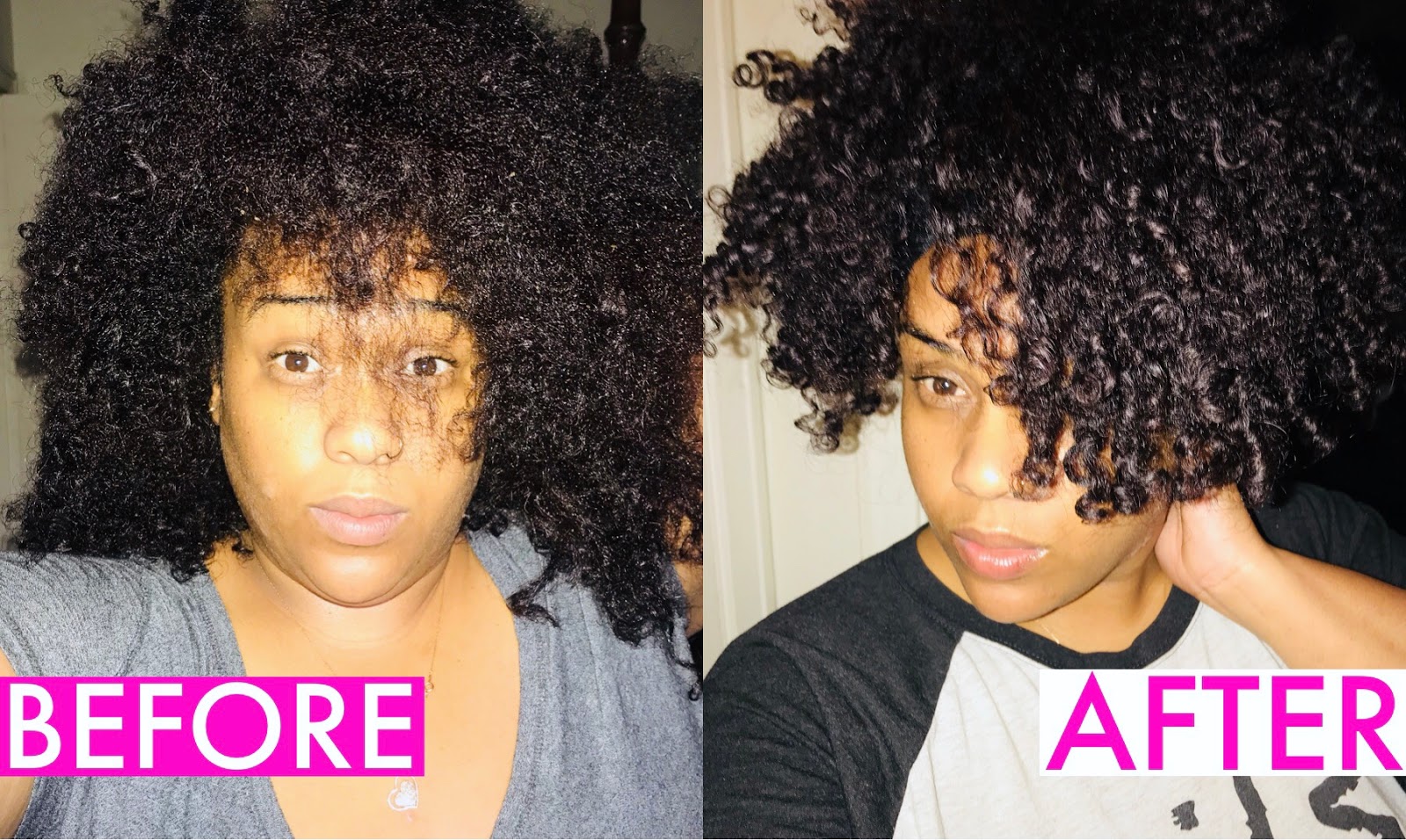
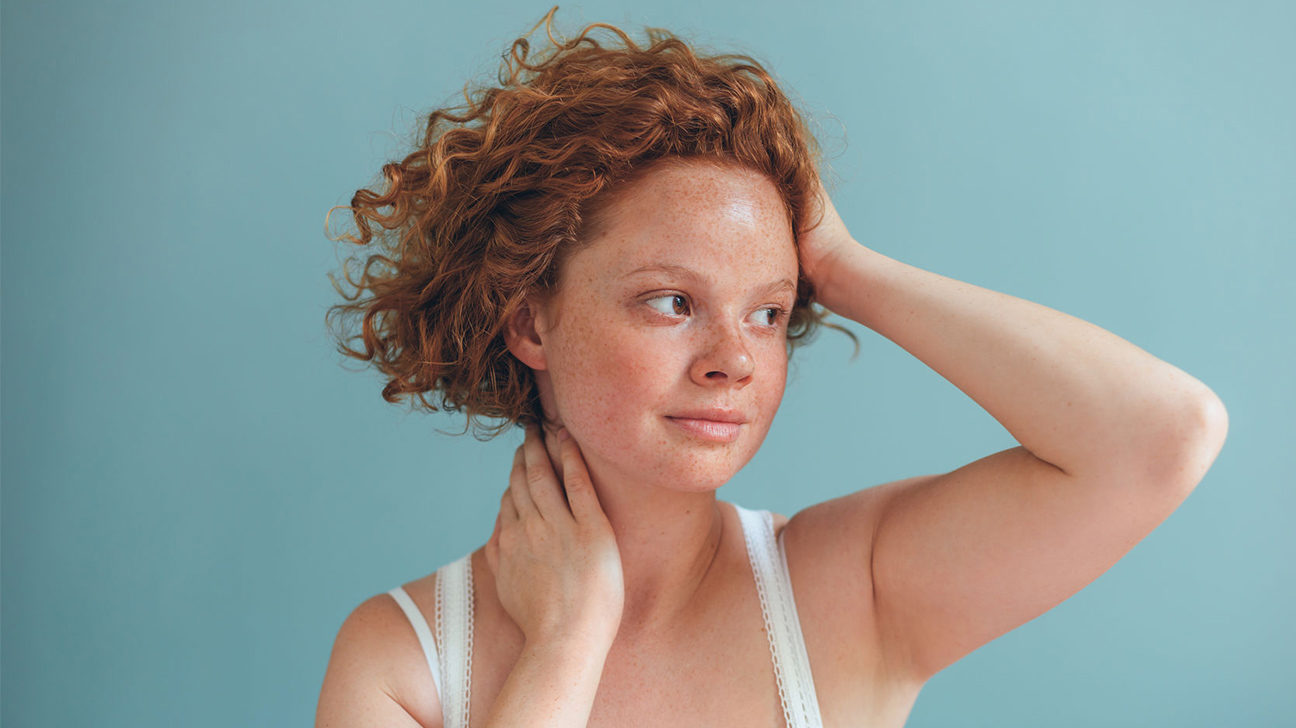
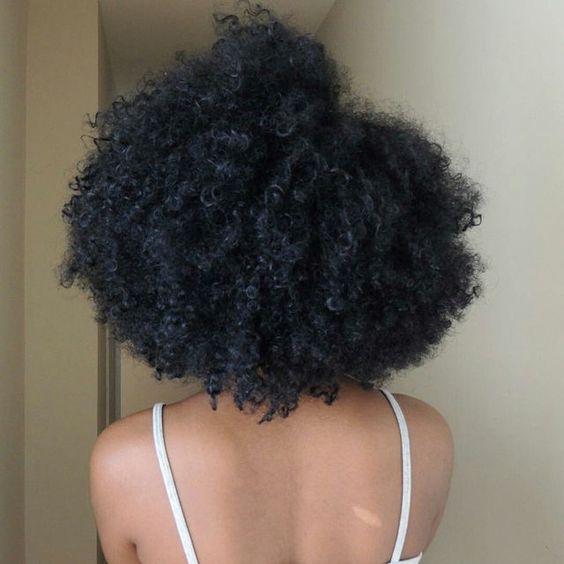
To prevent breakage and split ends, low porosity Hair needs routine trims every six to eight weeks. These trims will also prevent split ends. Deep conditioning hair masks can also be used to add moisture and nourishment to your tresses. You can also purchase products formulated specifically for low-porous hair.


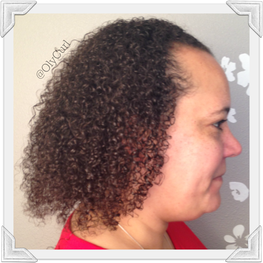
Using lightweight hair products is essential to maintaining low-porous Hair‘s health. Avoid heavy creams, waxes, and gels that will weigh your hair down. Try a water-based moisturizer or hair milk containing humectants. Also, avoid thick butters and oils, as these can lead to product buildup and dryness.
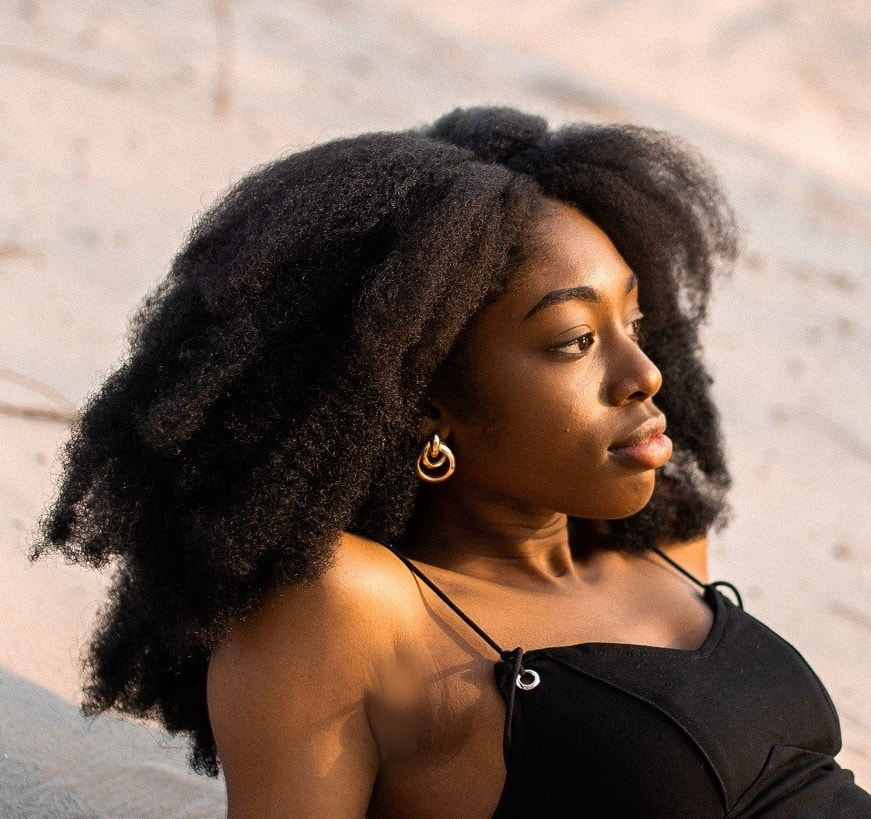

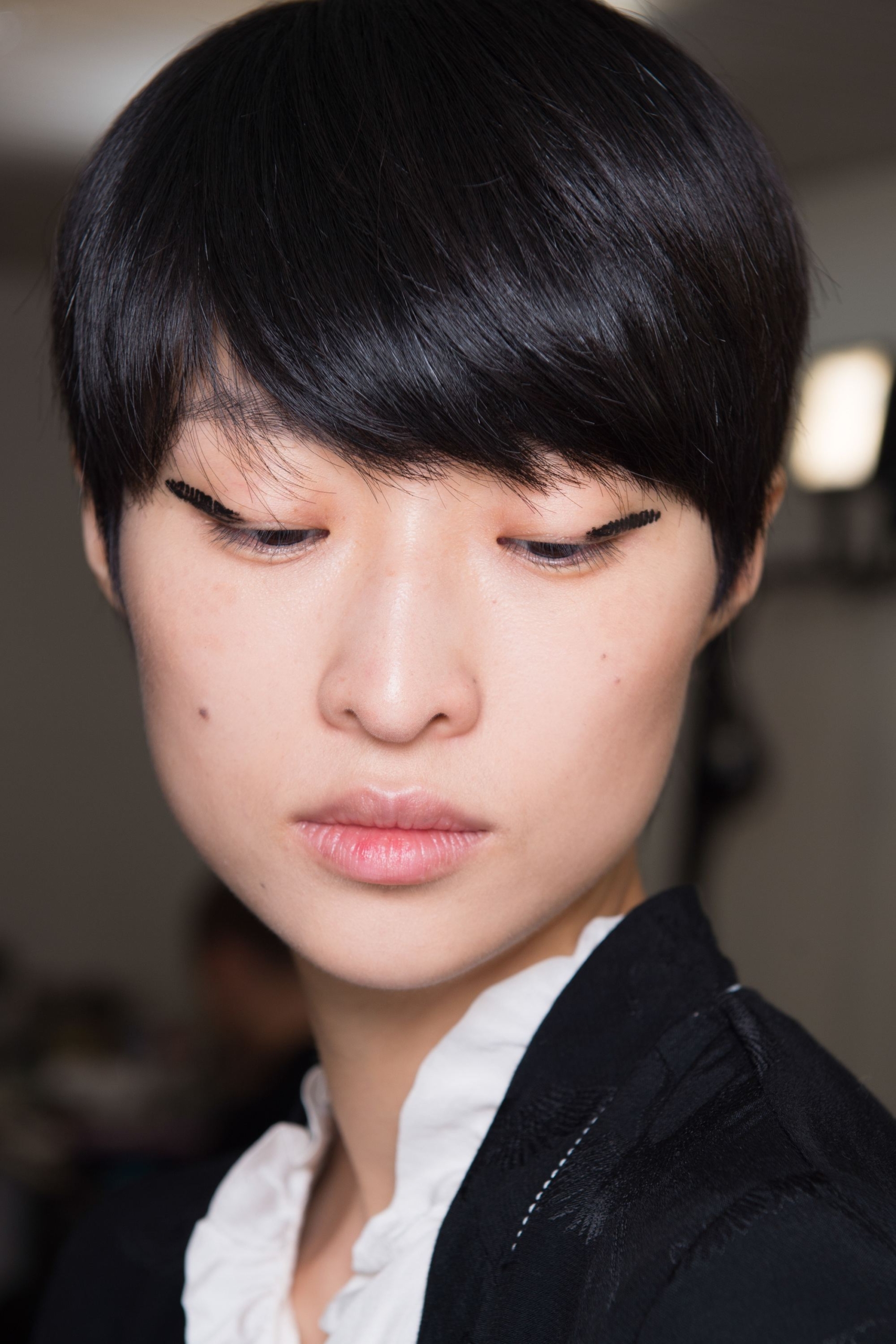
Low-porous hair is hard to maintain, due to the tightly packed cuticle layer. Although low-porous hair can be resistant to chemical treatments, it can be damaged over time. Regular trimming and moderation are essential for maintaining low-porosity hair.
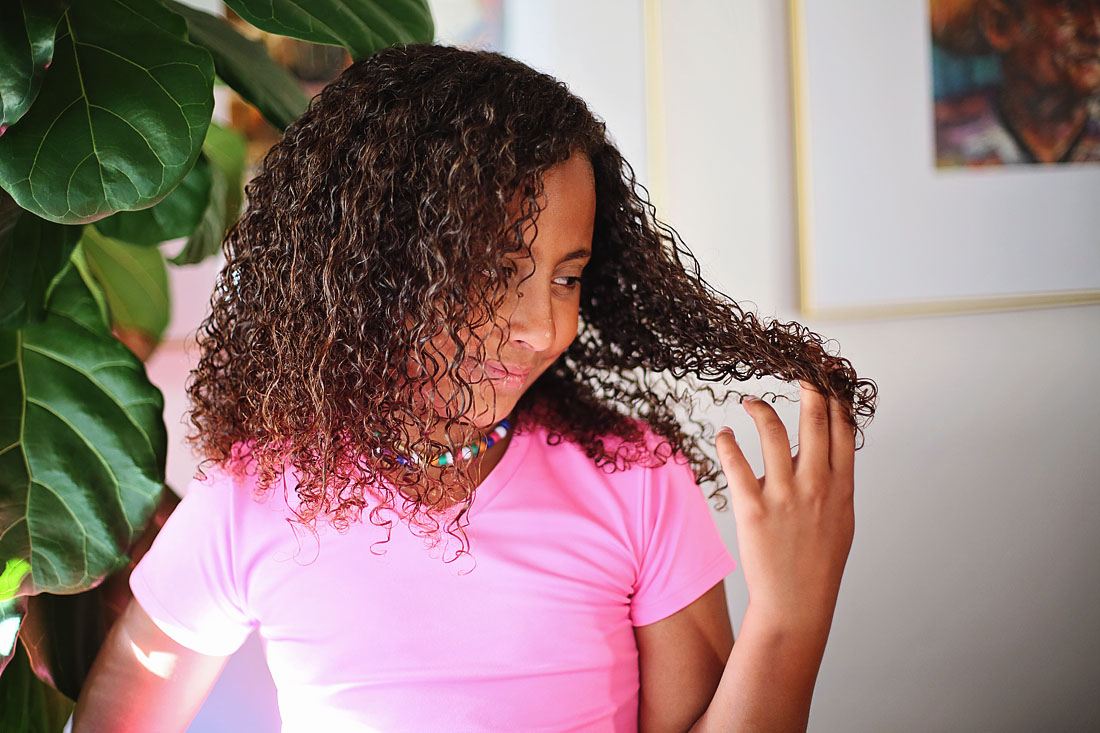

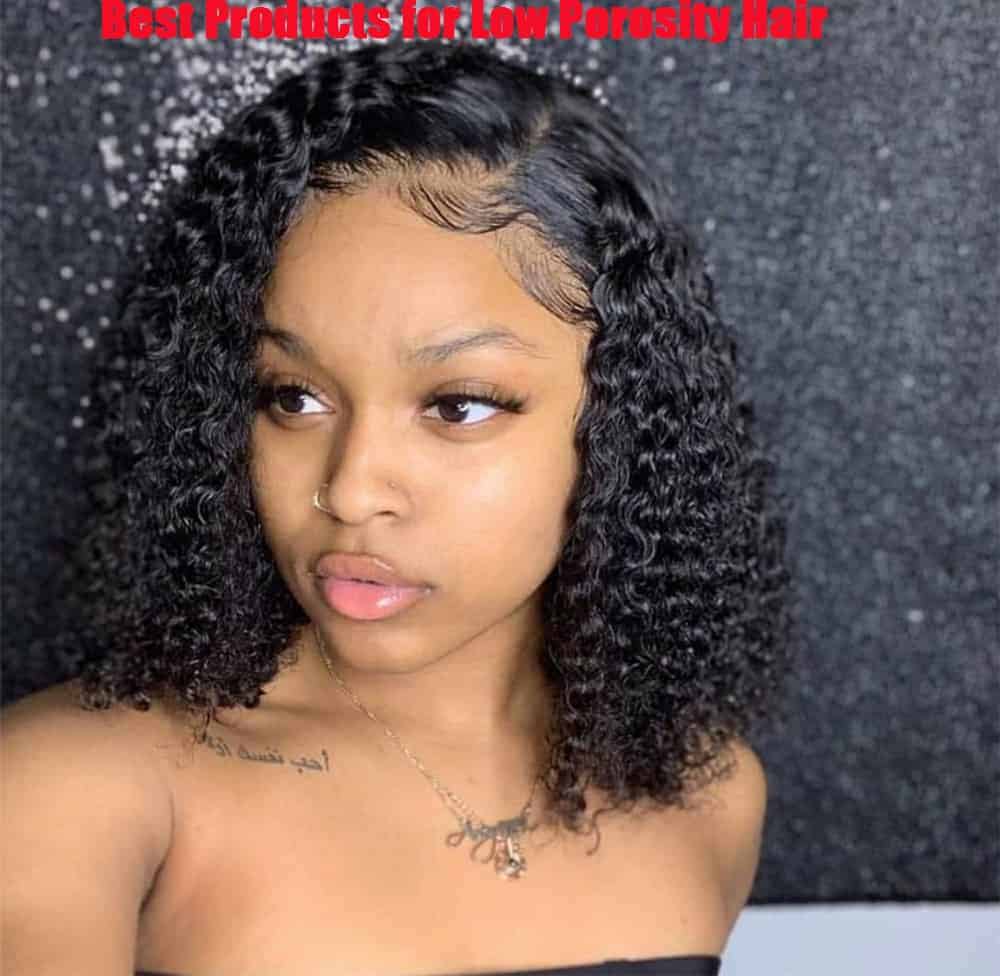
If you’re having trouble sustaining your low-porosity hair, try applying a penetrating oil or a moisturizer with a penetrating formula. Coconut oil is a great option, but you might need to experiment with lighter versions.
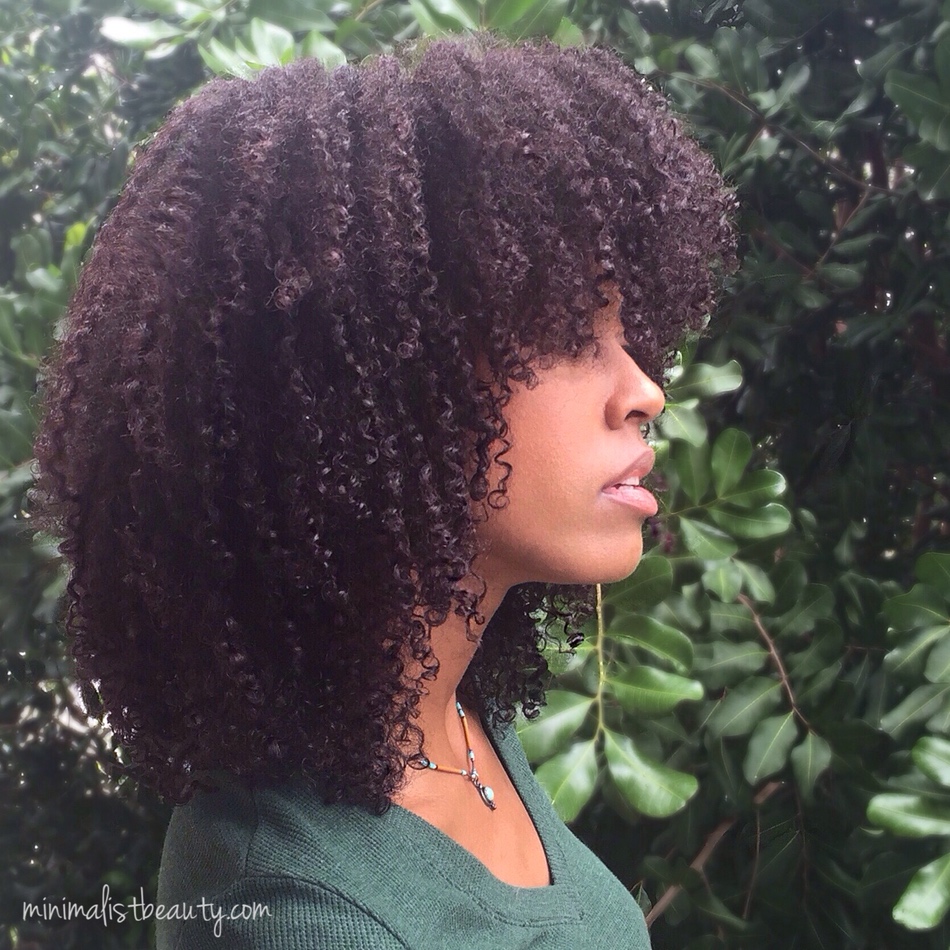
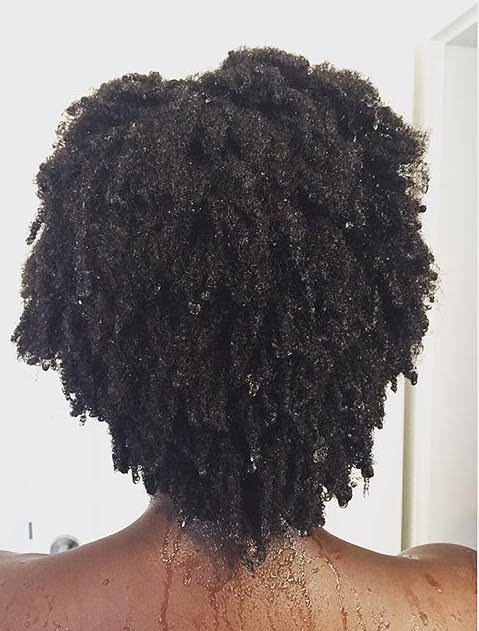
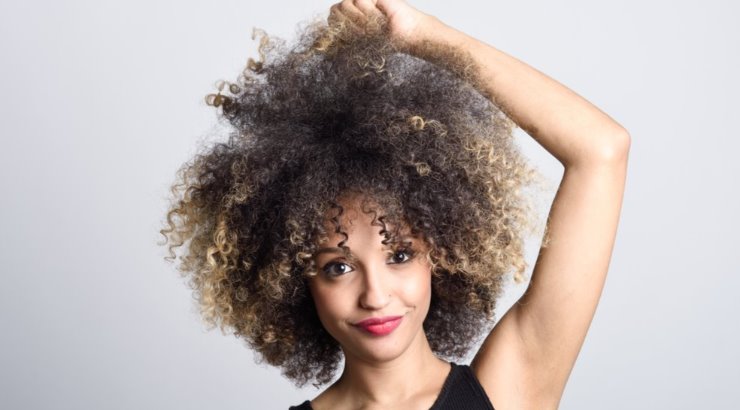
If your hair is dry, you should avoid letting it dry out in the morning or the evening. If possible, wear a hair cap, which will keep your hair moisturized all night. Avoid using cotton pillowcases, as they will cause your strands to tangle and draw moisture out. Alternatively, try using a silk or satin pillowcase.
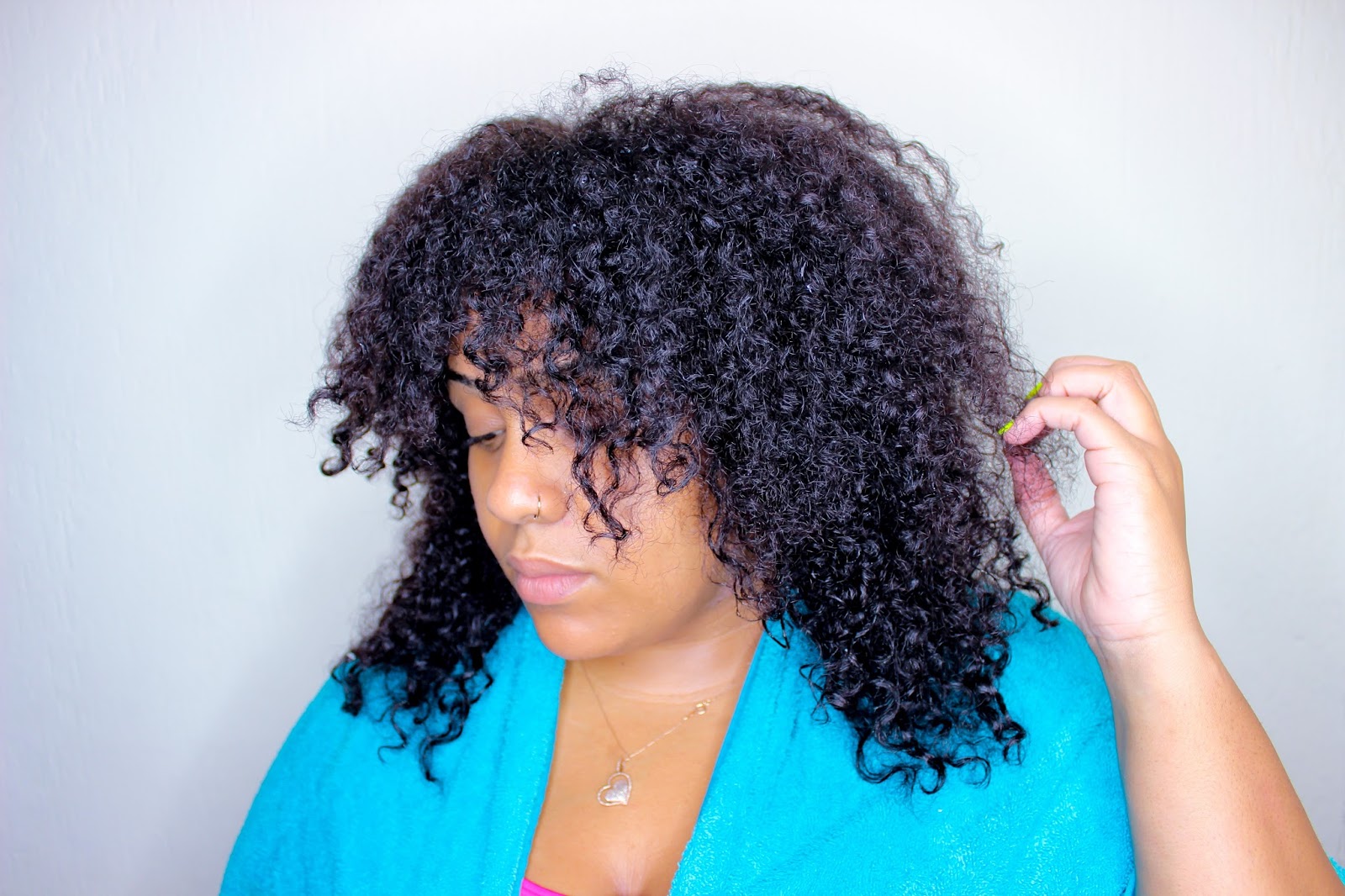
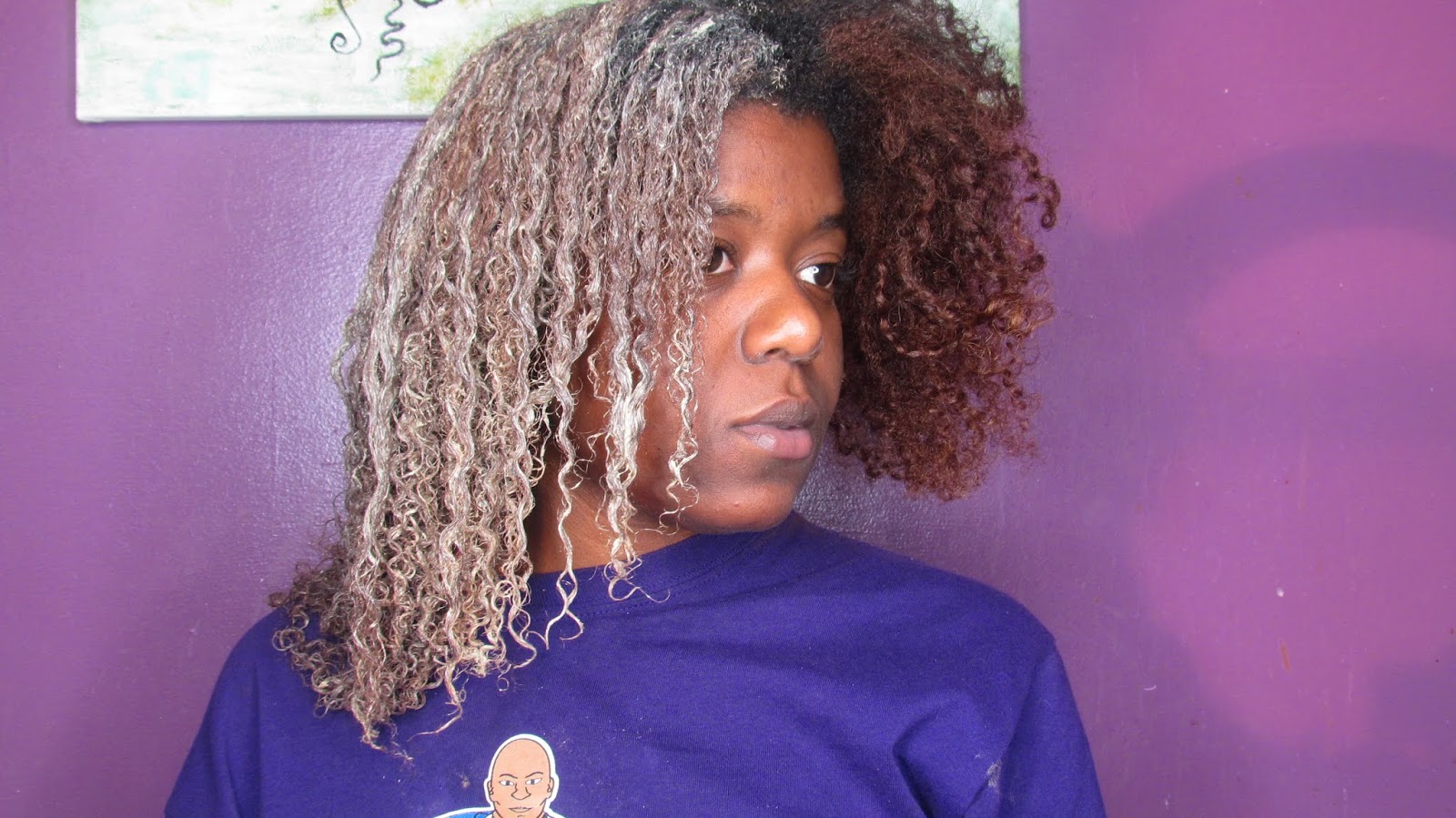
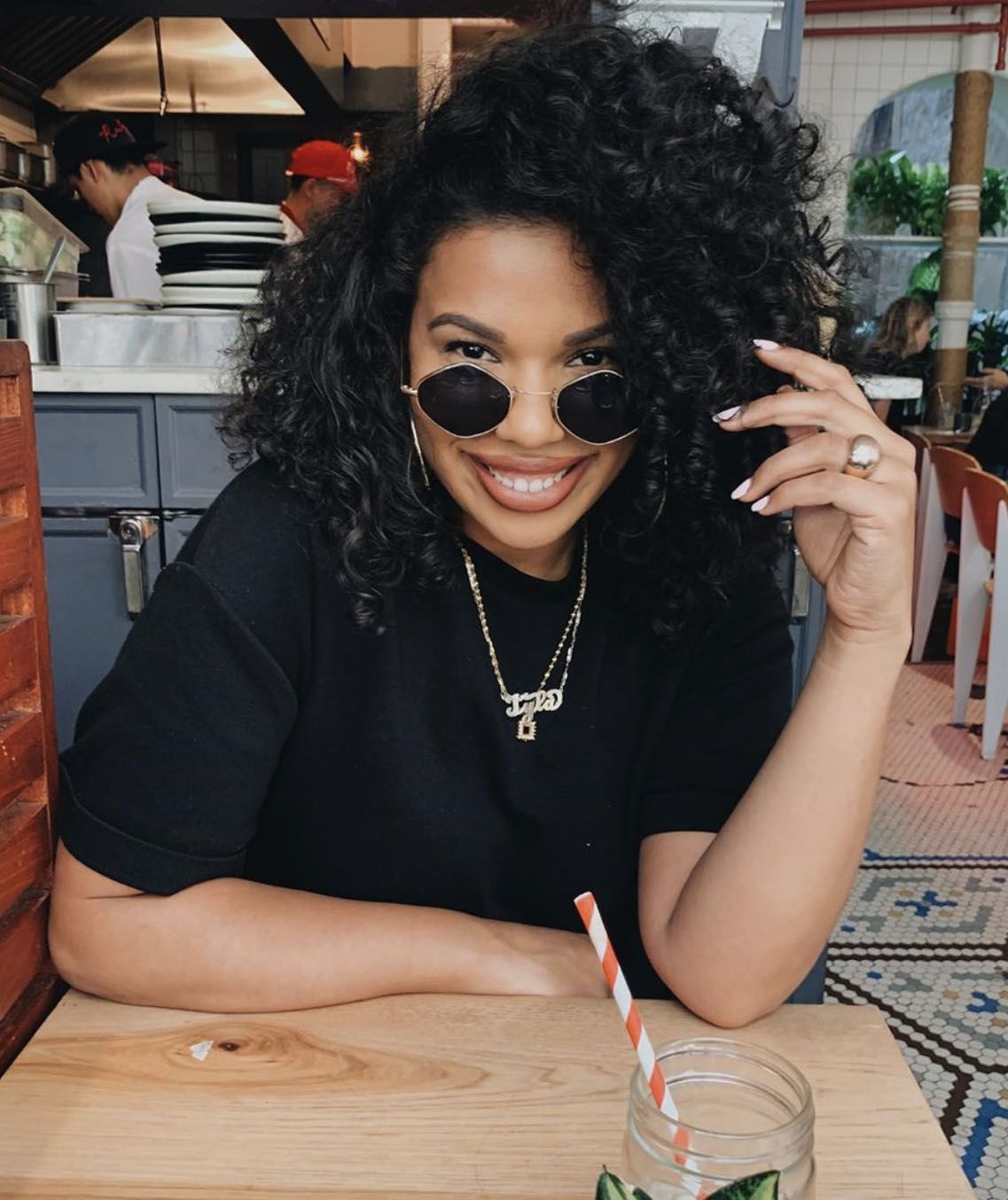
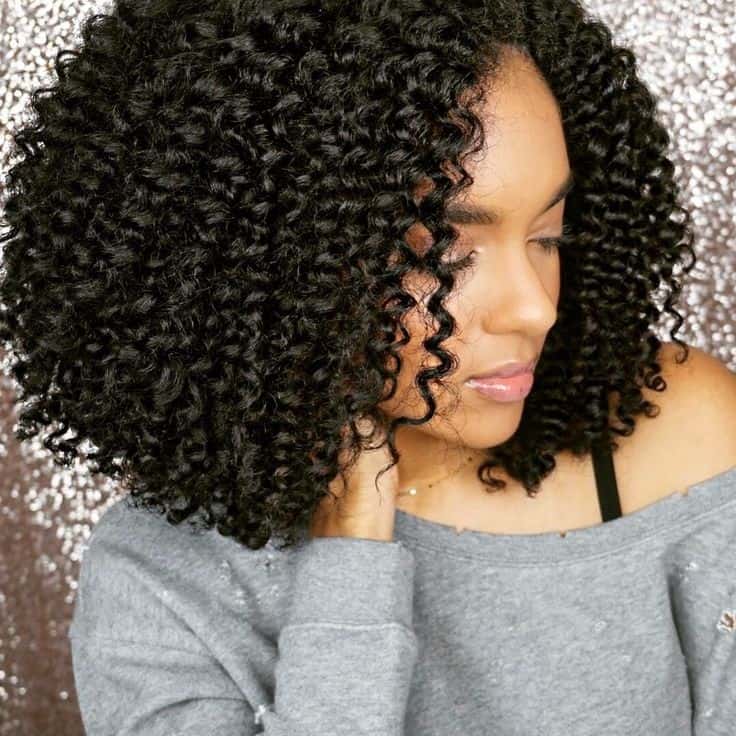

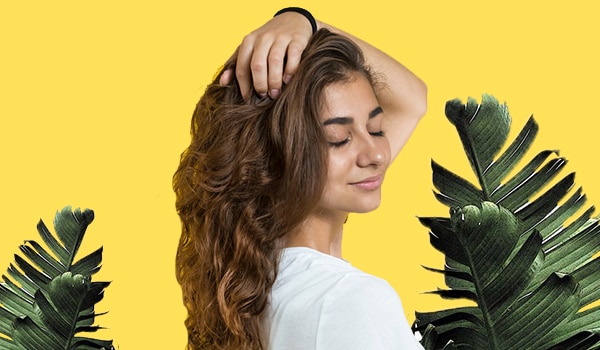
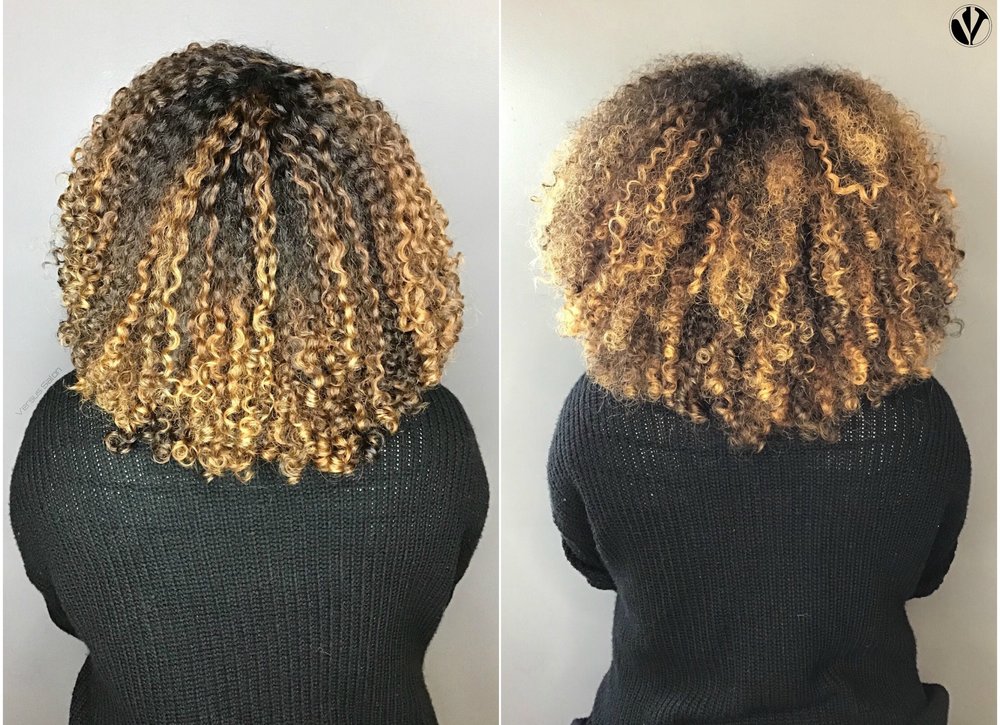
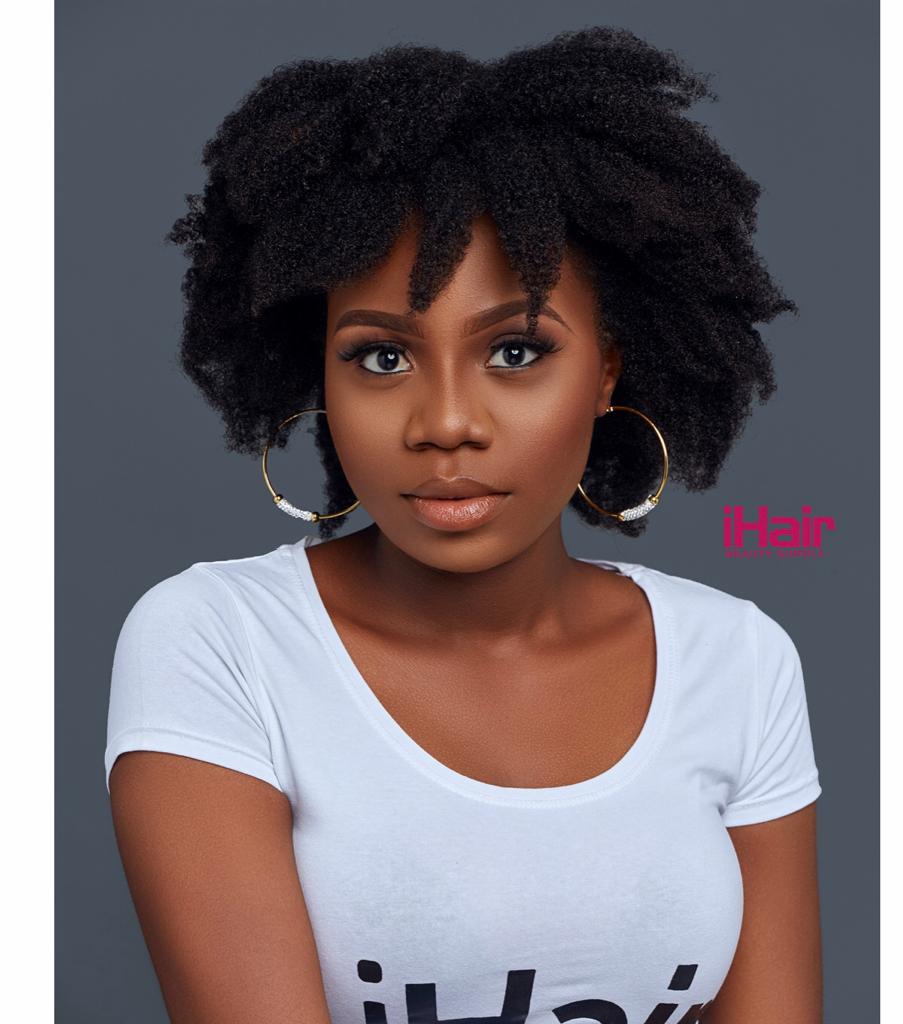

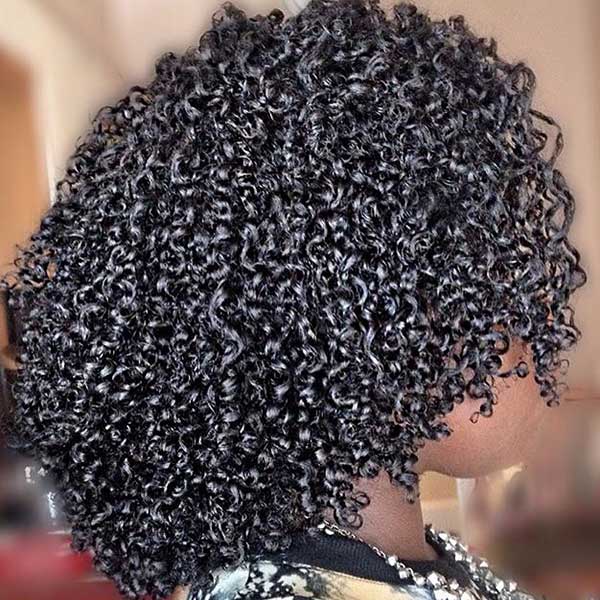
Hydrolyzed wheat protein
Hydrolyzed wheat protein is one of the best proteins for low porosity hair, and is perfect for treating this type of hair. It helps fill in the gaps in the hair shaft and makes the hair feel healthier. However, some protein products can be drying to your hair, so it is important to pay attention to how your hair reacts to it.

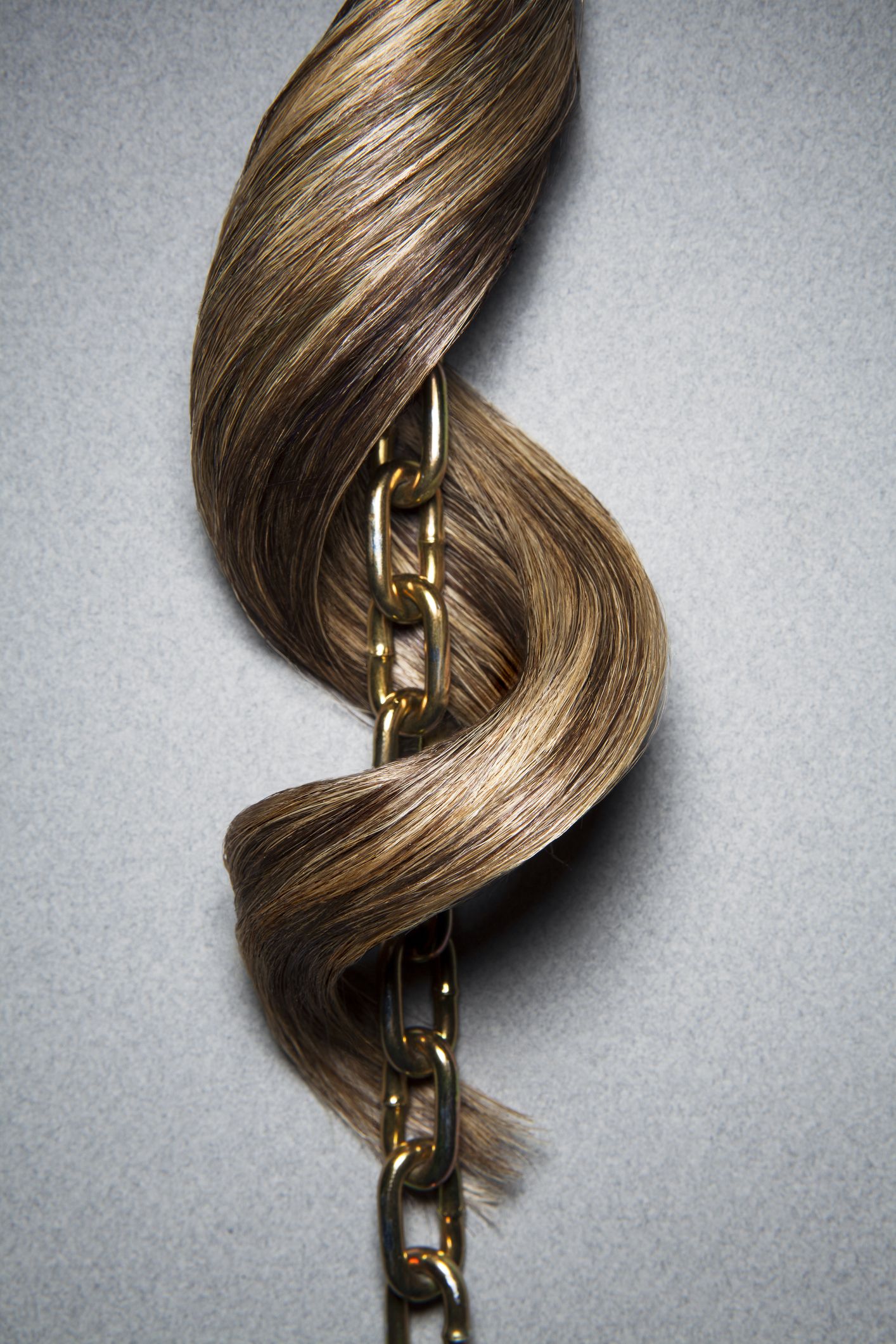
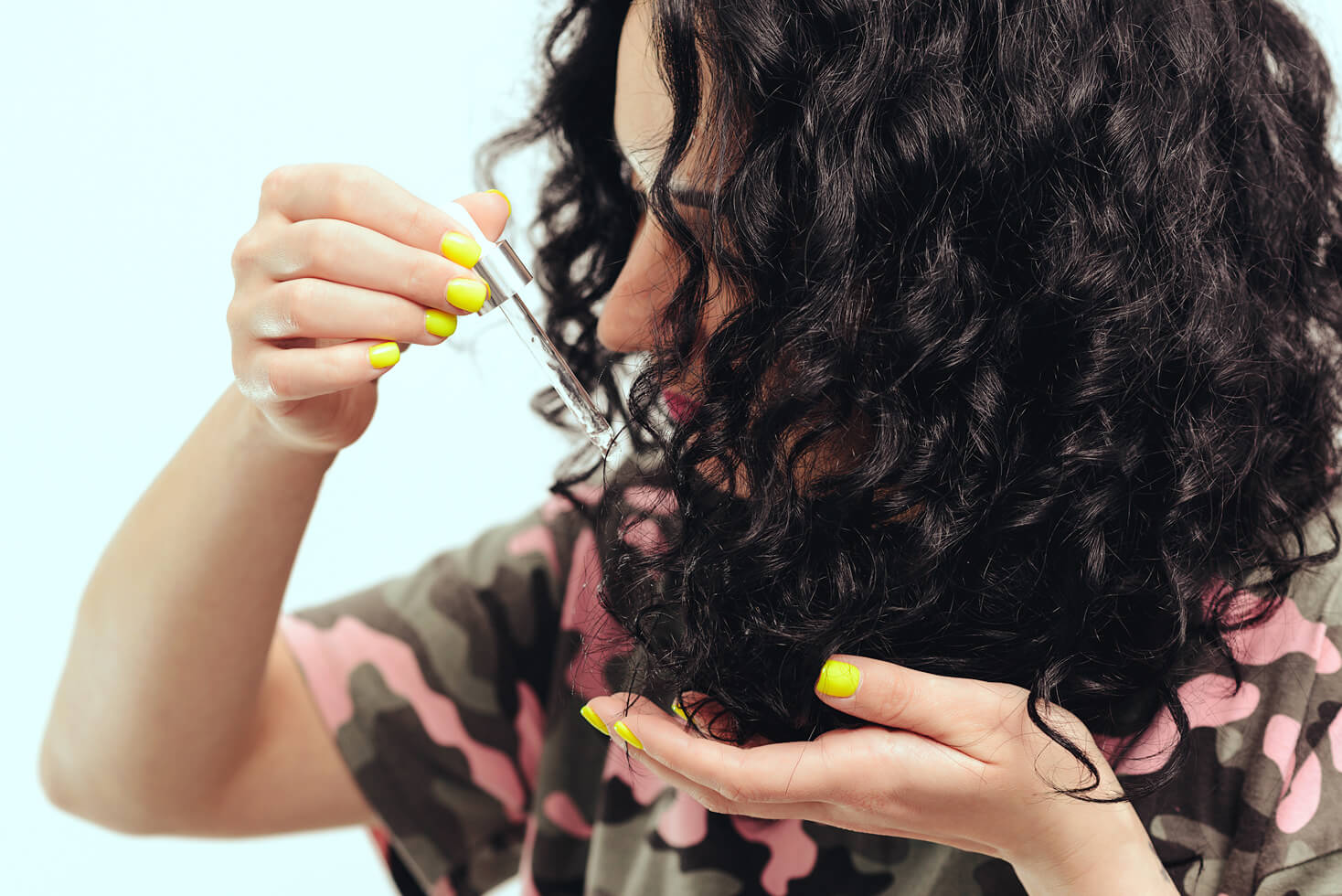
Hydrolyzed wheat protein for low poropsity hair can help restore damaged or fine hair. It also improves the ability of hair to retain moisture. Hydrolyzed wheat protein also helps reduce breakage and frizz. It makes the hair look fuller and smoother, and it can even be used as a deep conditioner. To get the most out of this protein, use it regularly.
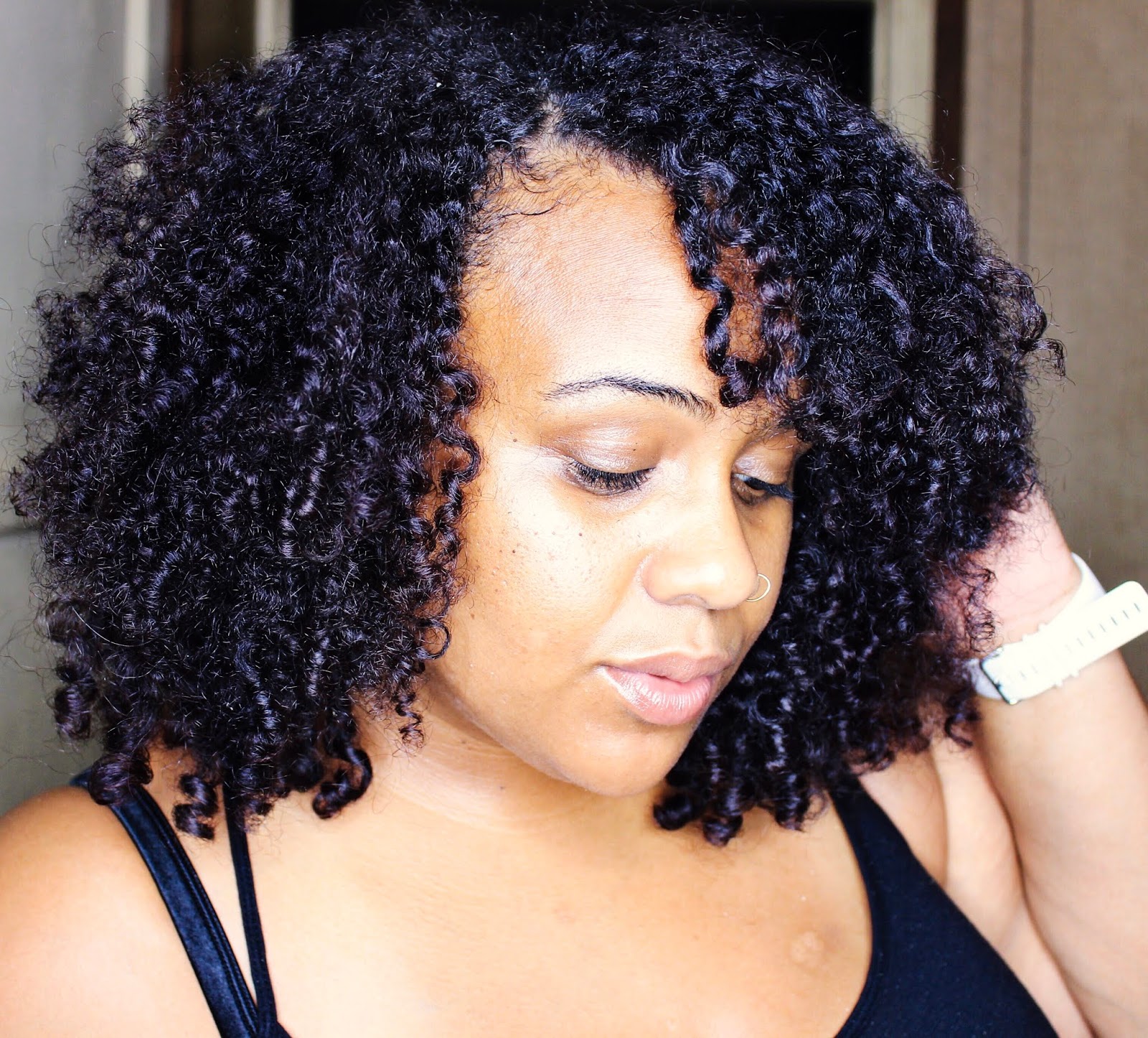

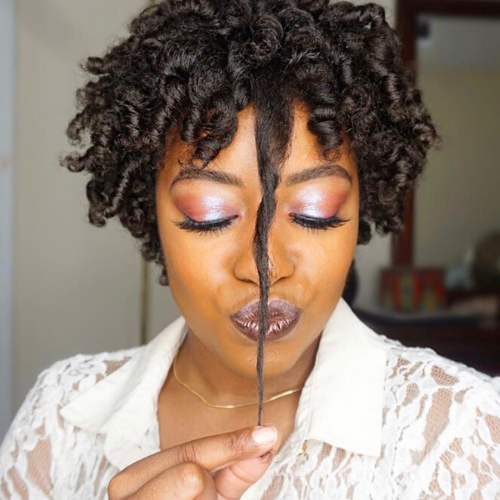
If you notice that your hair reacts badly to protein treatments, it could mean that you are using the wrong type of protein or are not aware of what your hair needs. It is important to consult a hair stylist to determine whether a protein treatment is right for you.
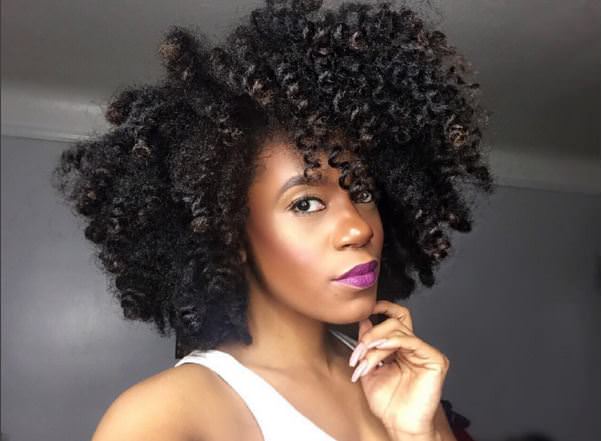
Hydrolyzed wheat protein is a cosmetic-grade wheat protein that is derived from natural sources. The hydrolysis process makes the protein water-soluble, which makes it a perfect ingredient for many skincare and beauty products. When used on hair, hydrolyzed wheat protein will help create a healthier-looking, silkier, and more lustrous look.
Hydrolyzed wheat protein is safe for use on all types of hair. It is especially useful for damaged, thin, or colored hair. It will strengthen the hair from the inside, while improving elasticity and moisture retention. This protein may also be beneficial to curly or wavy hair, as it may help maintain the strength of the curls.
Leave-in conditioners
When choosing a leave-in conditioner, make sure to choose one made for low porosity hair. Not all oils are made for hair of this type, so you need to choose one with the right type of oil. The right oil is lightweight and easily absorbed by the strands. It also helps keep hair moisturized and protects it from breakage and damage.
Choose a leave-in conditioner that contains protein and fatty acids. These ingredients will help strengthen and smooth your hair, but they may also leave your strands feeling dry. Look for products with humectants, which are substances that prevent moisture from evaporating and add moisture to your hair. Some good humectants are honey and glycerin.
Hair with low porosity is more likely to be dry, brittle, and frizzy. Exposure to heat and bleach can also alter hair’s porosity. To make sure your hair retains moisture, deep condition it once a week with a conditioning mask or ultra-hydrating conditioners. You can also use an oil or serum to keep your hair supple and healthy.
Another good choice is Jane Carter Solutions Revitalizing Leave-In Conditioner. It contains rosemary, aloe, and chamomile to help your hair retain moisture. This formula also protects against breakage and is priced at less than $30. You’ll get a generous amount of goodness for your money.
Leave-in conditioners for low porosiety hair should be water-based, but look for those with no or very low protein content. If you see protein listed after the ingredient number six, look for a product with low levels of protein. A low-protein leave-in conditioner will seal in moisture.
Pre-pooing
Pre-pooing is a great way to add moisture to low-porous hair. This treatment prevents the hair from becoming brittle, and also makes it easier to manage. Depending on the amount of moisture you use, a pre-poo treatment can be done weekly or twice a week.
It is important to use a pre-poo before shampooing low-porosity hair. This protects the hair from the harsh ingredients of shampoo. It also helps to reduce tangles and knots. Pre-pooing your hair before washing it also provides additional moisture that will improve the performance of your conditioner.
When choosing a pre-poo, choose one that is light-weight. Coconut oil is a great option because it doesn’t weigh down the hair like olive oil does. Also, look for one that contains aloe vera, a soothing and natural anti-fungal. Butters, on the other hand, are heavy-weight but add shine and moisture to your hair. Bananas are another excellent choice. Lastly, rice water is like the holy grail of pre-poos, providing amino acids and vitamins.
Another benefit of pre-pooing low-porosity hair is that it protects natural oils that are stripped away when shampooing. Low-porosity hair has a difficult time retaining moisture, and pre-pooing is important to keep it moisturized and protected from dryness. In addition, pre-pooing your low-porosity hair makes it easier to detangle and makes it easier to comb.
Many people who have low-porosity hair use pre-pooing to save time during the shower. This method saves time because it makes detangling easier and reduces knots. It also gives oils time to penetrate into the strands, which improves the shine and lustre of your locks.
